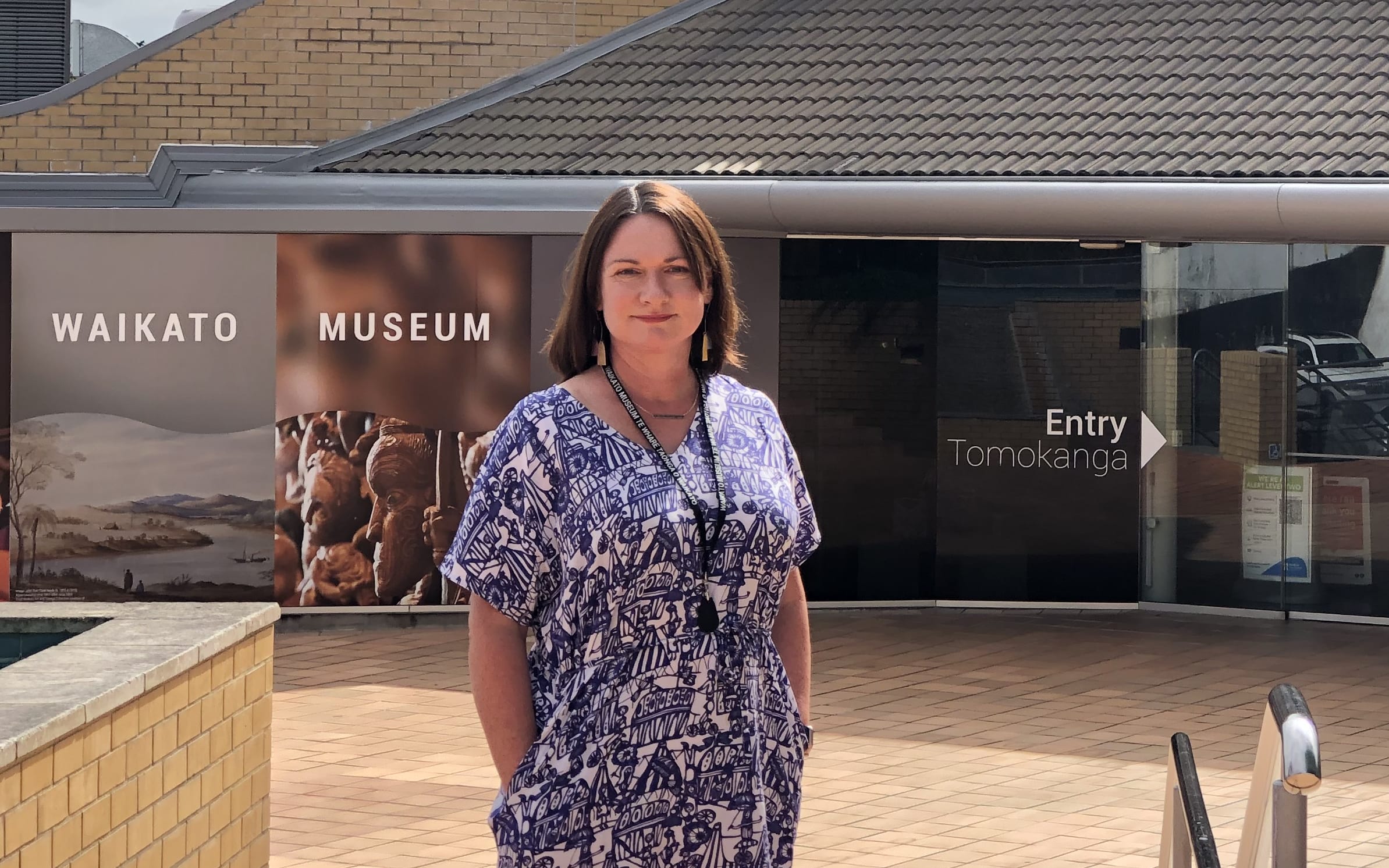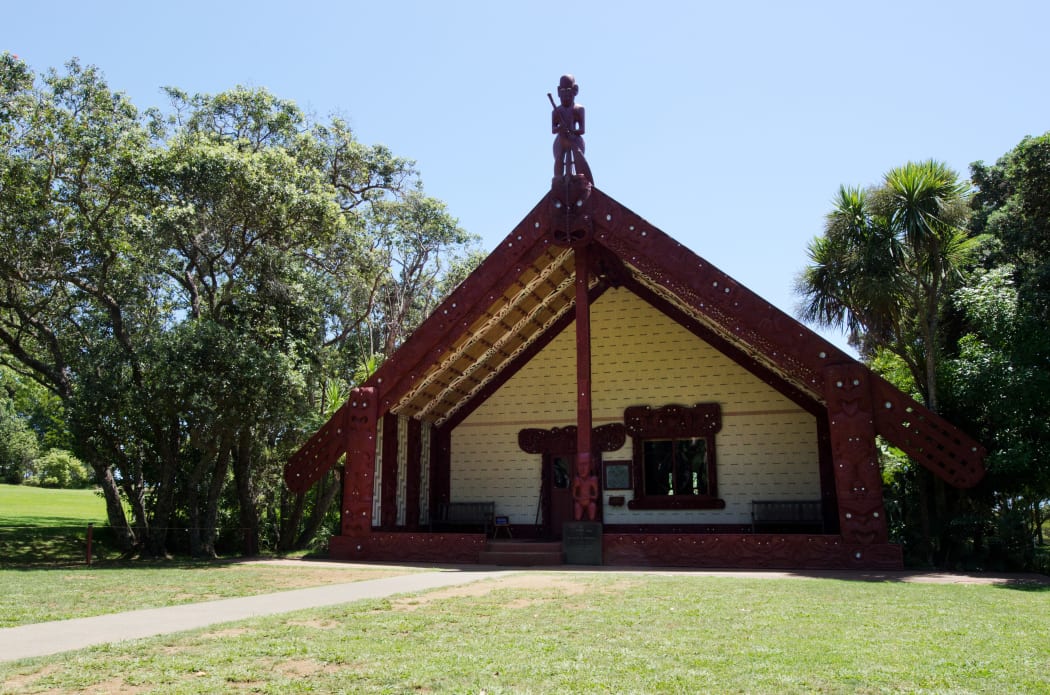
Liz Cotton Photo: supplied
Not many children dream of working in museums when they grow up, but Liz Cotton did and that dream's come true.
She's just wrapped up her first week as the director of Museum and Arts at Waikato Museum in Kirikiriroa/Hamilton.
Liz has come to the role after working at the Waitangi Treaty Grounds, Auckland War Memorial Museum and the Ministry for Culture and Heritage.
She's set herself the goal of coming up with new ways for the museum to connect with its community.
Lynn Freeman talks with Liz about her new job, and her life-long fascination with history.
Asked why history and artefacts matter, she says "we live history" and the Covid-19 pandemic is a good example.
"Everything that is happening in society, in politics, nationally and internationally at the moment, people are going to look back on in 50, 100, 150 years' time and hopefully learn something from that and think about how we lived during this time and how society may have changed during that time just as we look now at the influenza pandemic after the First World War and the major conflicts and colonisation and all of those big moments that have happened to our society throughout history that have really fundamentally changed us at different steps."
As for material objects and collections that museums hold, they are the physical representation of what happened and help people remember or connect with the past, she says.
Liz's interest in history is a product of her upbringing, she says. UK-born, she visited many museums, heritage sites and historic homes and castles as a child before the family emigrated to Aotearoa.
"My mum and I would spend hours reading all the labels and my brother and my dad would sit outside. I think they just really engaged me from a young age and I developed a lifelong interest in history."
While at school, she recalled deciding to research the Pyramids for a project and her teacher was "a little bit bamboozled" by her choice.
"...it's just one of those things that has always captured my imagination."
The Waitangi Treaty Grounds is a fascinating site, she says, and can help New Zealanders question who we are as a nation and contemplate the Treaty's promise.
"Not just once a year at Waitangi Day but for us as a nation to be thinking who we are, what promises were made in the development of the Treaty...
"And then what happened after the signing of the Treaty, the broken promises, the sacrifice at war and again how we've really developed as a nation and what that means now and for our future."

The Treaty Grounds should not just be a focus of national attention on Waitangi Day, Liz Cotton says. Photo: Rafael Ben-Ari/Chameleons Eye/ 123RF
She strongly believes that the work that happens in museums is being done for future generations.
"We're trying to understand who we are and who we have been so that we can inform in some way who we are going to be in the future.
"The work that is going on up at Waitangi and across the country at other museums really speaks to that."
Professionals working in museums usually do "the hard yards" in one aspect, such as collections or digital, and then try and develop a fuller understanding of what makes museums "hum".
The former Aucklander is already impressed with her new base, Hamilton, and describes it as an amazing place with a lot of public art and work being done to develop the city as offering plenty to both locals and visitors.
She hopes the museum can play a central role and partner with other attractions such as the Hamilton Gardens and the zoo to attract more visitors as well as be appealing to locals.
"Museums are places for difficult conversations and for education and for learning but also for a lot of fun as well and I really think that's something we can all benefit from, especially at the current time."
She says it's not a museum's role to be the voice of authority any more but instead to co-develop and co-deliver with other groups and be a place for community voices. She wants to build relationships with Waikato Tainui and other groups "very soon".
Liz says there's a depth and breadth to the collections at Waikato Museum that cover such aspects as taonga Māori, Pasifika, art, natural science and social history.
There's an opportunity to use the collections to tell the story of Waikato alongside community groups, she believes.
"I think that's our real opportunity for the future."

